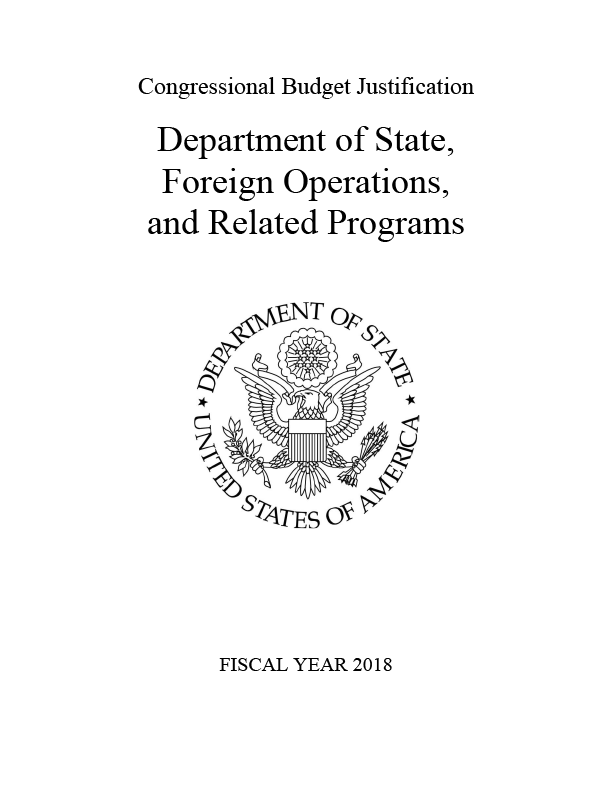Speeches Shim
Statement of Performance and Acting on Evidence
The Department of State is the lead U.S. foreign affairs agency within the Executive Branch and the lead institution for the conduct of American diplomacy. Established by Congress in 1789 and headquartered in Washington, D.C., the Department is the oldest executive agency of the U.S. Government. The head of the Department, the Secretary of State, is the President’s principal foreign policy advisor. The Secretary implements the President’s foreign policies worldwide through the State Department and its employees.
The U.S. Agency for International Development (USAID) is the agency for U.S. foreign development assistance. In 1961, President Kennedy signed the Foreign Assistance Act into law and created USAID by executive order. USAID carries out U.S. foreign policy by promoting broad-scale human progress at the same time as it expands stable, free and democratic societies; creates markets and trade partners for the United States; and fosters good will abroad.
Overview of Strategic Planning and Performance Management
The Department of State and USAID’s approaches to the annual planning, budgeting and performance management cycle create feedback loops between strategic planning, budgeting, program management, monitoring, evaluation and learning that maximize the impact of Department and USAID resources.
Both State and USAID have strengthened program and project management guidelines to better align and manage programs. The Department of State uses the Managing for Results Framework, which was updated in 2016 based on a comprehensive evaluation of the processes and products. The Framework integrates planning, budgeting, managing and learning processes to inform and support programmatic, budget and policy decisions.
USAID has implemented an integrated Program Cycle (see diagram above). The Program Cycle is USAID’s operational framework for planning, implementing, assessing, and adapting programs in the countries in which we work. It provides policy and procedures for making strategic programming decisions at the regional or country level to ensure effective use of foreign assistance resources. USAID released updated guidance for the Program Cycle in September 2016. The revised guidance better integrates learning throughout all Program Cycle components and makes adjustments to reduce planning and reporting burdens where appropriate. Robust monitoring and evaluation practices provide feedback on progress in achieving short- and long-term objectives.


Comment
Make a general inquiry or suggest an improvement.